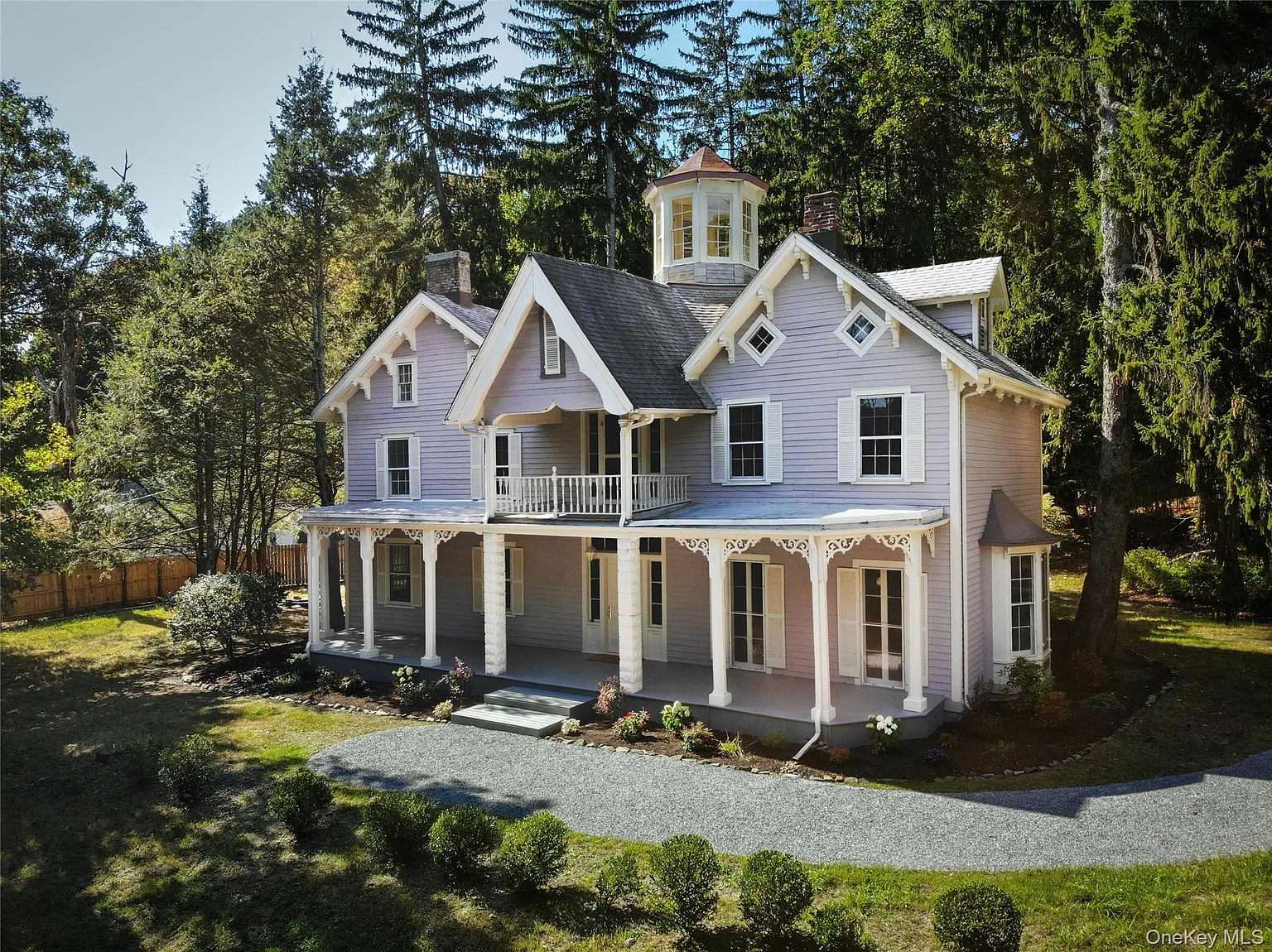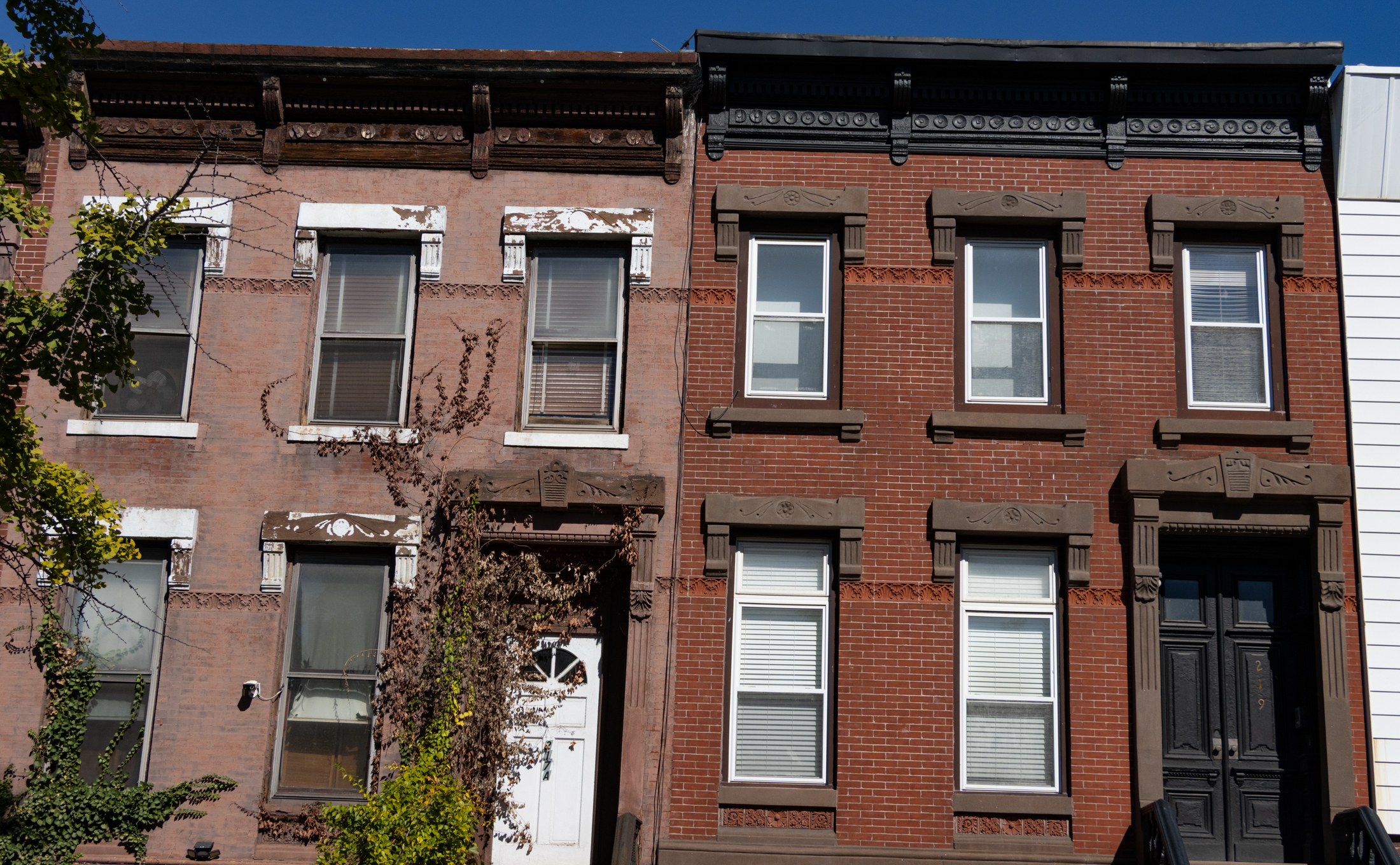What's Really Going on at the Ingersoll Houses?
While there was lots of interesting information about some of the more upscale developments in the borough at yesterday’s quarterly luncheon for real estate bigwigs at the Brooklyn Historical Society, we were most struck by a comment made in passing about the future of the Ingersoll and Whitman Houses, the massive housing projects between Park…


While there was lots of interesting information about some of the more upscale developments in the borough at yesterday’s quarterly luncheon for real estate bigwigs at the Brooklyn Historical Society, we were most struck by a comment made in passing about the future of the Ingersoll and Whitman Houses, the massive housing projects between Park and Myrtle in Fort Greene. There have been rumors for a few years about the low-income residents being pushed out to clear the way for conversion of the buildings into co-ops. (Check out the comment from March 22, 2006, 4:53 p.m. here). In a Q&A segment at yesterday’s luncheon, Ron Hershco of United Homes, which is developing the Oro and another adjacent 40-story tower on Gold and Tech Place (so he’s incentivized both to have done his homework on the matter and to be perpetuating rumors that would benefit his properties, take your pick), said that it was his understanding that the Ingersoll/Whitman Houses were now 60 percent vacant and were going to be converted to middle-income housing (see Hershco’s statement this morning at the bottom of the post). That’s the first time we’ve heard anyone say anything like that in a public setting. Another source with close ties to politicians and developers offered a less sinister explanation of what he thought was going on: He suspects that there’s no such explicit policy in place but that, given the increased popularity of the area and the increased scrutiny that affordable housing applicants are now put under, there is bound to be a noticeable change in the composition of the new residents that move in post-renovation, i.e. more law-abiding and higher-earning people.
While the New York City Housing Authority has certainly never publicly declared (as far as we know) any intentions to ratchet up the income profile of residents, the $100 million renovation it is undertaking has resulted in the displacement of many long-time residents as the apartments are upgraded and, in some cases, combined. The NYCHA website describes the capital improvement plan:
The Walt Whitman and Raymond V. Ingersoll Houses in Ft. Greene in Brooklyn will undergo major renovations to bring apartments to current standards and to ensure that units are in optimum condition for future generations. NYCHA is investing more than $100 million on comprehensive improvements including bringing elevator service to every floor, enlarging apartments, creating separate and/or upgraded kitchen areas in every apartment, and upgrading the heating and electrical systems in all buildings.
The upgrade is long overdue, as the buildings have been out of compliance with the buildings code ever since they were transferred by the U.S. Navy to the city. Did you catch that? The city has been running the complex for decades under conditions that it would never allow a private owner to. The shortcomings include everything from a lack of real kitchens in some units to insufficient light and air levels.
Here’s the next interesting part of the story: Who did the city turn to to design the $100 million renovation project? None other than Robert Scarano. Here’s what the embattled architect says about the project on his website along with a rendering of his plan:

Our investigation of the existing buildings reveals that the twenty-seven (27) six-story buildings will only require a cosmetic renovation of the existing facilities. However, the eight (8) high-rise buildings will require a more substantial renovation, which will result in the net loss of as many as 75 units in those buildings. In order to compensate for this loss of apartments, a vertical expansion of all existing buildings is proposed as outlined in the Design Proposal. A summary structural analysis revealed that the 6-story and 13-story buildings would be capable of supporting only one more floor each. The 11-story buildings will support two more floors. These additional floors will be constructed from lightweight steel framing and have a stucco exterior finish. Pitched roofs are proposed because the New York City Building Code does not require roof access in buildings that have a roof pitch of 20° or more. So, for the 31 buildings that will have only one additional floor, the existing stairs to the current roof may be used without alteration. Furthermore, a pitched metal roof has a significantly longer and less maintenance intensive lifespan than low slope roof systems.
Obviously the city hired Scarano before he became the poster-child for building abuses but we’re unaware of any steps it has taken to distance itself since his recent record has come to light. Does anyone know if he is still the architect on the project? More importantly, what is happening to the people who are getting forced out of their apartments? Where are they getting relocated to?
Update: Here’s some more info from a 2005 article in City Limits:
The 1,526 families whose apartments are slated for overhaul were given three options: They could move to other apartments in their developments, move to other NYCHA complexes, or leave public housing entirely. The Housing Authority set up an onsite Relocation Assistance Unit and offers grants to cover moving expenses. Many tenants, however, still describe the process as chaotic and disruptive.
The article also notes that the relocations began as far back as 2003.
Another Update: We just received the following statement from Ron Hershco’s attorney. “Ron answered the question based on what he had been told by Bob Scarano a couple of years ago. He has no current information regarding the Housing Authority’s plan. We apologize for any confusion.”






This is all silly rumor.
First of all, I could not imagine why, if you went to the effort of relocating the existing tenants, you wouldn’t just tear down these awful buildings and start from scratch. The idea that these POS could be scrubbed up and rehabbed into middle class apartments is ridiculous. It would not be worth it.
nice post, Pete. I’d also like to add that NYCHA is– while imperfect– by consensus the best public housing system in the U.S. i think there ARE questions that need to be addressed with high-rise residential living, period, but those are social-aesthetic issues that apply to the projects AND any new “luxury” ghetto you’d care to name.
re: HOPE VI, I’m pleased to see that crop up here & while others might know more than I, please NOTE:
Prospect Plaza, an NYCHA property, ** is ** a HOPE IV project. In addition to the links I gave above, see:
http://www.hud.gov/local/ny/news/2005-06-27.cfm
http://www.michaelsdevelopmentcompany.com/portprospect.html
nice, huh? So far, of course, J. is 100% correct about the net loss of apartments.
wwib
I can’t believe lending more credence to foolish rumor and urban legend.
Quit picking on the housing projects and the majority of good people that live in them.
Be happy for yourself that you have more housing options but reality is that in this city more and more do not have those options.
It is beyond the scope of your privileged upbringing and surroundings and perspective to imagine the squalor and conditions that preceeded the building of NYCHA props. Millions of NewYorkers have been able to live in decent housing that ‘the market’ would never ever provide.
Take a visit to the Tenement Museum on LES – and imagine block after block after block of that type of housing throughout Brooklyn and Manhattan.
I think that anon 12:55’s point is one worth repeating – when other cities use the HOPE VI program to replace high-rise housing projects with low-rise project, they almost always lose units in the process. With the price of housing in this city at the level that it is, I think that it would be a huge problem to lose NYCHA units. Not that NYCHA has any plans to eliminate units – they don’t!
Anti-semitism runs deep. I recall an incident from 1990, when I was a social worker for a foster care agency. A woman who was adopting a child on my caseload claimed that “the Jews” had purchased the Marcy Houses and would soon be “getting rid” of all black tenants.
I agree with 12:14 – these and all other projects will remain as such.
slopehead, it is not true that high rises inherently don’t work. It’s just not that deterministic. I almost noted in my earlier post that not only is NYCHA not privatizing any developments, it is also one of the few housing authorities to not use the HOPE VI program to tear down high rises to construct townhouse-style projects. NYCHA doesn’t want the net loss of apartments that results.
Come on, you’ve seen the pictures from New Orleans; low scale affordable housing and it was more dysfunctional than anything here in New York. So it’s not about building typology. Which is (part of) why some housing authorities are encouraging “income diversity.” But, that’s not the same as privatization.
ah crap, my apologies, that shorter link thing didn’t work. this one should–
http://tinyurl.com/2656ro
why are so many other cities….baltimore, chicago, etc. doing so much to take down these low income high rises in favor of low rise townhouses neighborhoods that foster more a sense of community do you think?
stricly space issues?
i mean, i get that but i think it’s been proven that these high rise situations just don’t work.
I believe there was a small Village Voice story a few weeks ago about this; passing mention was also made of the AMAZING, and ** extremely ** weird situation happening over at Prospect Plaza in Ocean Hill. For those of ya’ll interested in the realities of even well-intended efforts to improve things for public housing residents & the communities around them, it’s a truly fascinating– & maddening– tale.
here’s a story from 2001:
http://www.citylimits.org/content/articles/viewarticle.cfm?article_id=2150
here’s a photo from a month ago:
http://tinyurl.com/22afav
While they’re different situations, almost anything could happen over at Ingersoll & I wouldn’t be… shocked.
wwib